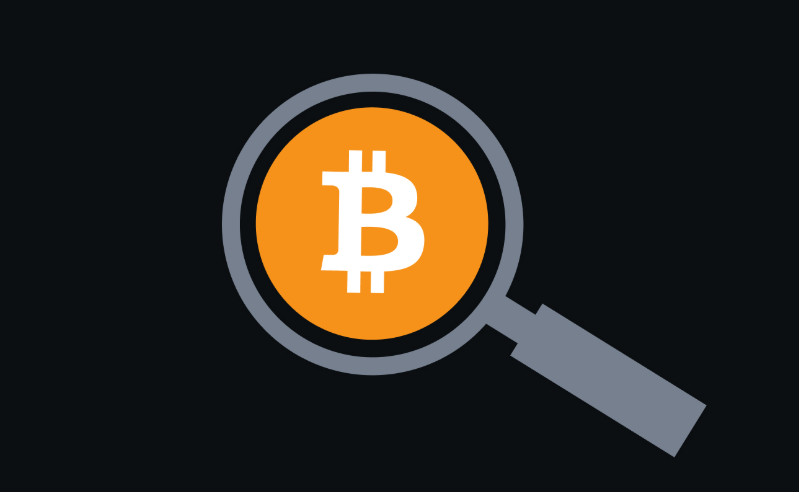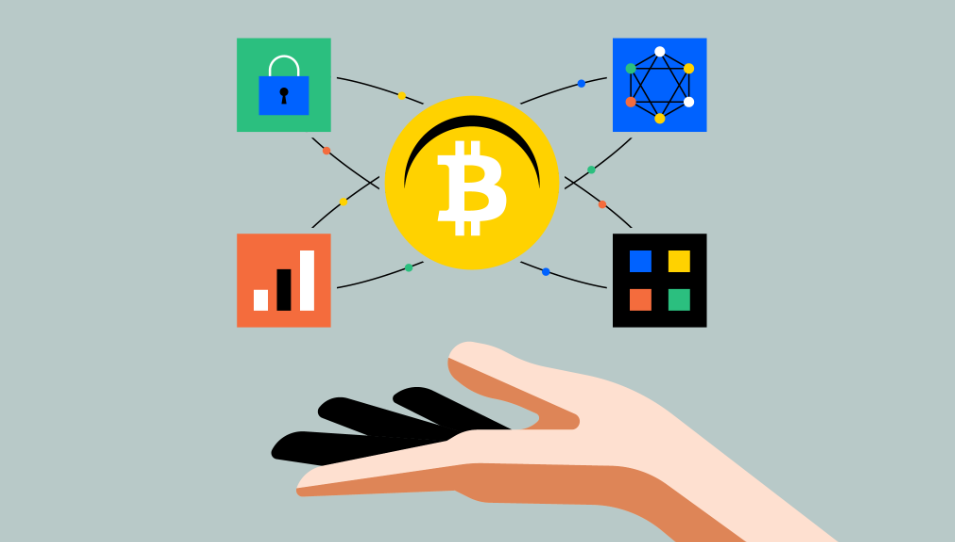Bitcoin Payments at BetWhale – Fast, Secure and Borderless
Across the wagering value chain, speed and security are no longer “nice-to-haves”—they’re table stakes. This guide operationalizes Bitcoin as a first-class tender within our betting stack, mapping each touchpoint from funding to payout with enterprise-grade clarity. You’ll see how wallets, confirmations, and fees align to real-world SLAs, so your betting journey stays friction-light and audit-ready. From onboarding to win-day cash-out, BetWhale payment bitcoin delivers a fast, borderless, and privacy-centric route.

Why Choose Bitcoin for Betting?
Bitcoin is the shortest path from intent to stake, minimizing hops between you, your wallet, and the book. Settlement is push-based and cryptographically final, which reduces chargeback risk and preserves liquidity for payouts. This architecture trims latency, streamlines treasury ops, and improves your personal cash-flow cadence. When stacked against cards or bank wires, BetWhale payment bitcoin benchmarks strongly on speed, privacy, and total cost of ownership.
At-a-Glance Comparison
Method | Avg. Funding Time | Typical Fee Load | Chargeback Risk | Geographic Friction |
Bitcoin | 10–60 min | Low | None | Minimal |
Card (Credit/Debit) | Instant–24 h | Medium–High | High | Moderate |
Bank Transfer | 1–5 business days | Low–Medium | Low | High |
Why it’s a fit for bettors
- Push payments reduce sensitive data exposure.
- Global rails enable cross-border deposits without currency gatekeeping.
- Immutable settlement underpins clean win-day accounting.
- Transparent fees simplify unit economics per bet.
Anonymity and Privacy
Bitcoin keeps your funding flow on a public ledger while decoupling it from traditional personally identifiable financial data. You control which addresses you use, enabling good operational hygiene through address rotation. This model reduces the attack surface of stored card numbers or bank credentials. In practice, it means your betting footprint can stay lean and pseudonymous, while BetWhale payment bitcoin handles the transfer mechanics with minimal metadata.
Fast Transactions
When blocks are moving, confirmations land quickly, and your funds are credited on a predictable SLA. Even during network congestion, you can prioritize speed with appropriate miner fees to compress wait times. This agility means you can move from strategy to stake without long settlement windows. With BetWhale payment bitcoin wired into the cashier workflow, you reduce friction from intent to action.
Low Fees
Bitcoin’s fee structure rewards smart timing and right-sizing of miner fees. You’re not underwriting interchange, foreign transaction markups, or surprise bank charges. Lower frictional costs translate into more bankroll efficiency and better long-run ROI on your wagering program. As a result, BetWhale payment bitcoin becomes a cost-disciplined rail for both deposits and withdrawals.
How to Deposit with Bitcoin
Depositing with Bitcoin mirrors any well-governed digital payment workflow: set up a wallet, fund it, send to the provided address, and wait for confirmations. Each step is auditable and repeatable. Avoid screenshots of QR codes stored in insecure places, and always validate the destination address. Done right, this is a clean, rapid path to an active balance that maps neatly to your betting cadence.
Pre-Deposit Checklist
- A reputable, non-custodial or custodial Bitcoin wallet installed.
- Access to an exchange or on-ramp supporting your region.
- A small test amount for a warm-up transfer.
- The current deposit address generated in your cashier.
Step 1 – Get a Bitcoin Wallet
Choose a wallet that fits your operating model: mobile for agility, hardware for maximum key control, or a reputable custodial wallet for ease of use. Ensure it supports QR scanning and address book features to cut copy-paste errors. Enable security options like biometric unlock, strong passphrases, and seed phrase backups stored offline. Document your seed recovery plan; if you lose keys, no one can restore BetWhale payment bitcoin them for you.
Step 2 – Buy BTC
Use a compliant exchange or on-ramp that operates in your jurisdiction with appropriate KYC. Fund via card, bank transfer, or local methods, then convert to BTC at the spot rate. Consider buying a bit extra to cover miner fees so your wager amount remains intact. If you’re new to this, run a small test buy to validate your process and confirm your wallet receives funds as expected.
Step 3 – Deposit BTC to your BetWhale Account
Open the cashier, request a unique deposit address, and scan the QR in your wallet app to avoid typos. Always cross-check the first and last characters of the address before you send. For large amounts, pilot with a micro-transfer, then follow with the full deposit after confirmation. This is where payment BetWhale dovetails with your wallet workflow, ensuring the funds land on the right ledger and credit to your balance without rework.
Step 4 – Confirmation and Waiting
After broadcasting the transaction, the Bitcoin network validates it through miners, and confirmations stack over time. Your balance credits after the required confirmation threshold—commonly 1–3 blocks for deposits—balancing speed and security. Network load can shift timing, so don’t be alarmed by minor variance. Keep your wallet open to watch status updates, and consider fee-boosting tools like RBF (Replace-By-Fee) if your original fee was too low.
Deposit Flow SLA Guide
Stage | Action Owner | Typical Duration | Notes |
Address Generation | Platform | Instant | One-time per deposit attempt. |
Broadcast | You | Seconds | Wallet sends TX to peers. |
First Confirmation | Network | 10–30 min | Depends on fee and mempool load. |
Credit to Balance | Platform | After N blocks | Usually 1–3 confirmations. |

Bitcoin Withdrawals – Quick Access to Your Winnings
Withdrawals mirror the same transparency as deposits but in reverse. You supply a valid address, pass security checks, and the platform pushes funds onto the chain. Latency primarily depends on internal review windows and your chosen miner fee tier. Because the flow is one-way and non-reversible, BetWhale payment bitcoin provides clean finality once the transaction is on-chain.
Withdrawal Processing Time
Processing time has two components: internal approval and on-chain confirmation. Internal approval ensures your request clears security checks, anti-fraud rules, and balance validation. Once broadcast, network conditions and miner fees determine when confirmations arrive. For planning, consider the table below and buffer your timelines during peak chain activity.
Phase | Estimated Window | Determinants |
Internal Review | 15–120 min | Risk signals, volume, queue depth |
On-Chain Confirm | 10–60 min | Fee rate, mempool, block interval |
Funds Usable | After 1–3 blocks | Your policy for “finality” |
Minimum and Maximum Withdrawal Limits
Platforms apply guardrails to align with risk policy and compliance. Minimums avoid dust outputs that are uneconomical after fees; maximums align with AML thresholds and treasury management. If you’re planning an outsized cash-out, consider splitting the request into tranches. The table illustrates a representative posture for limits.
Limit Type | Example Threshold | Rationale |
Minimum | 0.0005 BTC | Avoids dust; covers miner fees |
Maximum | 2.0000 BTC/day | Risk control; liquidity management |
Per TX | 0.7500 BTC | Smooths block space usage and approvals |
Fees and Exchange Rates
Bitcoin withdrawals incur miner fees set at broadcast and occasionally a platform fee to cover operational overhead. Spot rates are market-driven, so the amount of fiat value you realize can drift between request and settlement. If you’re optimizing for total return, check fee rates and price action before triggering a payout. For clarity in your records, annotate each transaction with the fee paid and the implied rate at the time of transfer; this helps reconcile any payment bitcoin variance across cycles.
Fee/EFX Snapshot
Component | Applied By | Typical Range | Optimization Lever |
Miner Fee | Network | Market-based (sats/vB) | Time withdrawals off peak |
Platform Fee | Platform | Low, fixed or tiered | Loyalty tiers, volume |
FX Drift (BTC) | Market | Volatile | Convert promptly if needed |
Tips for Smooth Bitcoin Transactions
Operational excellence with Bitcoin is about repeatable hygiene: correct addresses, appropriate fees, and real-time status checks. A short test transaction creates confidence and uncovers any configuration drift. Keep your wallet software current to benefit from fee estimation improvements and security patches. Treat each transfer like a production deployment—validate inputs, review outputs, and monitor until completion.
Double Check Wallet Addresses
Address integrity is the critical path; one typo can misroute funds irreversibly. Prefer scanning the QR over manual typing, and confirm leading and trailing characters match the cashier view. Maintain an address book for trusted destinations but refresh entries regularly to accommodate rotated deposit addresses. If you suspect clipboard malware or overlay attacks, type a fresh address on a separate secure device and compare visually.
Address Hygiene Checklist
- Validate the checksum by relying on your wallet’s built-in parser.
- Use a hardware wallet for high-value withdrawals.
- Never reuse a deposit address if the cashier has issued a new one.
- Store no screenshots of QR codes in cloud photo libraries.
Tracking Confirmation Status
After you broadcast, monitor the transaction hash from your wallet’s activity feed. You’ll see mempool acceptance, then sequential block confirmations. If confirmations stall, your fee rate might be below the current threshold; many wallets support RBF to re-issue the transaction with a higher fee. For mission-critical timing—like entering a live market—build in buffer time so your bet window doesn’t hinge on a busy block.
Status Milestones
Status | Meaning | Action |
Unconfirmed (0) | In mempool, waiting for a block | Wait or consider RBF |
1 Confirmation | Included in latest block | Funds may credit for deposits |
3+ Confirmations | High assurance | Considered final for payouts |
Stay Aware of BTC Fees
Miner fees are a marketplace, not a flat schedule, so price discovery matters. Check the suggested fees in your wallet before sending; they often display low/normal/high tiers with ETA bands. If timing is flexible, send during off-peak hours to reduce outlay and preserve bankroll. For record-keeping, tag each transfer with the fee class you picked; it simplifies retrospective analytics on payment bitcoin versus speed.

Is Bitcoin Safe at BetWhale-Betting.com?
Security is a layered stack: encrypted transport, hardened key storage, and robust operational controls. Your session is protected end-to-end, and wallet handling is mapped to mature custodial patterns. Access policies follow least-privilege and are continuously audited. In short, the platform model for BetWhale payment bitcoin prioritizes confidentiality, integrity, and availability without compromising usability for everyday bettors.
SSL Encryption and Wallet Security
All cashier interactions run over SSL/TLS, ensuring your requests and responses are protected in transit. Wallets and on-chain operations are handled with industry-standard key management practices, including segregation of hot and cold flows. Internal review gates and automated risk checks reduce the odds of mis-routes or unauthorized actions. This is the same operational posture you’d expect from any enterprise-grade payments stack—built to keep bitcoin BetWhale flows safe and predictable.
No Third-Party Access
Your account access is gated by authentication and session controls, with no third-party visibility into your private wallet keys. Address generation and transaction handling are automated, limiting human touchpoints and the potential for error. Data retention is minimized to what’s necessary for compliance and support. That means only you direct your transfers, and the on-chain record is the final authority.
Important Things to Know Before Using Bitcoin
Before you move value, calibrate your expectations on timing, price swings, and compliance obligations. Bitcoin is global and liquid, but it’s also volatile, and that’s part of the value proposition. Get comfortable with confirmations and minor timing variance. Align your bankroll strategy with these dynamics and you’ll get the most out of BetWhale payment bitcoin.
Volatility Awareness
BTC price can move materially during a single betting session, which impacts the fiat value of deposits and withdrawals. If you price your bets in fiat terms, consider converting at entry or exit to lock value. For those comfortable with crypto exposure, treat movement as part of your overall risk profile. Building a simple “convert on arrival” or “convert on payout” rule helps stabilize outcomes.
Risk Matrix Snapshot
Scenario | Impact | Mitigation |
Rapid BTC Upswing | Higher fiat value | Convert a portion post-deposit |
Rapid BTC Downswing | Lower fiat value | Hedge or convert immediately |
Fee Surge (Mempool Busy) | Longer waits | RBF or delay non-urgent transfers |
Single Currency Only
When you move funds, ensure you’re sending native BTC on the Bitcoin network—not wrapped tokens or other chains. Cross-chain sends to a BTC-only address will not arrive and may be irrecoverable. If your wallet supports multiple networks, double-check the network selector before you hit send. Keep it simple: Bitcoin address, Bitcoin network, Bitcoin asset.
Compliance Check
Your onboarding and payout flows must align with regional KYC/AML frameworks. Ensure your profile data is accurate, and keep identity documents current to avoid withdrawal delays. Large transactions may trigger routine checks; these protect the ecosystem and your account. By treating compliance as part of the workflow, you reduce friction and keep your fund movements predictable.
